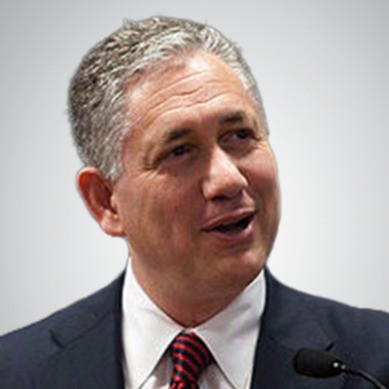Building Better Benefits: Stuart Piltch on Improving Employee Health and Engagement
Building Better Benefits: Stuart Piltch on Improving Employee Health and Engagement
Blog Article
Staff benefits have been a crucial element in attracting and preserving ability, but lately, the focus has shifted toward promoting overall health and well-being. Stuart Piltch, a recognized chief in healthcare consulting and Stuart Piltch Mildreds dream technique, reaches the forefront of this transformation. His modern approach to planning staff advantages programs seeks not only to supply coverage but and to improve the bodily and mental health of employees.

The Shift Toward Holistic Employee Advantages
Traditionally, staff advantages concentrated largely on health insurance and pension plans. But, Piltch has recognized that contemporary workforces involve more detailed support. His method combines physical health, emotional health, financial wellness, and work-life balance in to a simple natural strategy.
“Wellness is not merely about doctor trips and medications—it's about how employees sense at the job, their pressure levels, their financial stability, and their power to keep up a work-life balance,” Piltch explains.
This change reflects a growing knowledge that worker wellness and output are tightly linked. Healthiest workers tend to be more employed, skip fewer workdays, and donate to a far more good and collaborative function environment.
Modern Benefits Techniques
Piltch's employee benefits applications are designed with the employer's budget and the employee's needs in mind. A number of his key methods contain:
1. Improved Mental Wellness Support
Realizing the increasing affect of mental health issues, Piltch has advocated for increasing access to mental health resources. His benefits plans often contain:
- Free or low-cost treatment sessions.
- Access to mindfulness and tension management programs.
- 24/7 psychological wellness hotlines.
2. Wellness Incentives
Piltch's programs contain incentives for workers to participate in balanced behaviors. For instance:
- Fitness center account reimbursements.
- Financial returns for normal wellness checkups.
- Step difficulties and wellness competitions.
3. Telemedicine and Virtual Attention
Piltch has been an early on advocate for telemedicine, ensuring that workers have use of healthcare specialists anytime, anywhere. Virtual attention decreases the buffer to seeking help and encourages workers to address wellness concerns early.
4. Economic Wellness Applications
Understanding that economic pressure influences overall health, Piltch has incorporated economic literacy applications in to advantages packages. These programs contain:
- Debt counseling and budget planning.
- Retirement preparing assistance.
- Staff inventory purchase plans.
5. Flexible Perform Agreements
Piltch has also caused businesses to apply variable work plans that promote greater work-life harmony, such as for example:
- Distant perform options.
- Variable hours.
- Paid intellectual health days.
Data-Driven Approach to Staff Benefits
One of many distinguishing factors of Piltch's strategy is his use of knowledge to fine-tune advantages programs. By studying worker wellness traits, advantages use, and feedback, Piltch assists businesses modify their products to generally meet the changing needs of their workforce.
“Advantages aren't static—they should evolve with the workforce,” Piltch says. “The main element is playing personnel and using information to create a plan that truly helps them.”
The Effect on Worker Health and Organization Accomplishment
Piltch's modern benefits programs have led to measurable improvements in equally employee wellness and business performance. Businesses which have adopted his techniques report:

- Higher staff pleasure – Personnel experience respected and supported.
- Lower absenteeism – Increased wellness leads to less ill days.
- Improved production – Workers are more targeted and engaged.
- Better retention rates – Personnel are more likely to stay with companies that support their well-being.
Conclusion
Stuart Piltch machine learning's method of staff benefits shows a shift toward an even more holistic and individualized style of staff care. By approaching physical, intellectual, and economic wellness together, Piltch assists companies produce a wholesome, more employed workforce. His data-driven methods make sure that worker advantages stay successful and applicable, contributing not merely to individual well-being but also to over all organization success.
Report this page